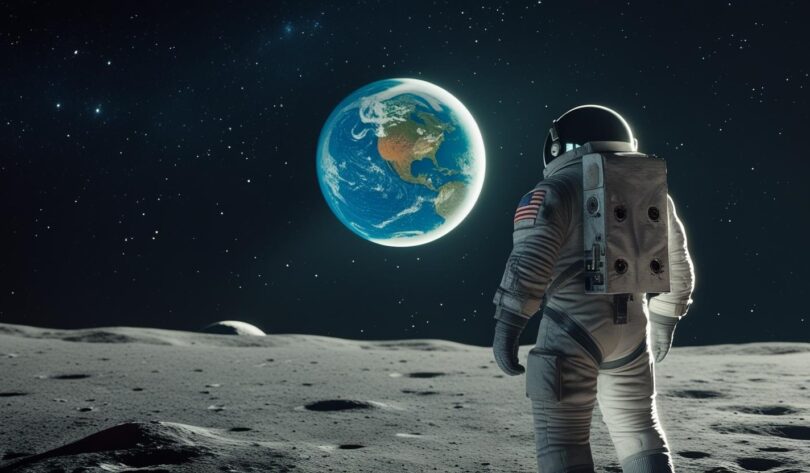NASA’s Artemis III Mission is more than just a return to the Moon. It’s a bold step that could lead to better technology, stronger science education, and new ways of protecting Earth. Here’s why this mission is important to all of us.
In the next few years, NASA will send humans back to the Moon through the Artemis program. The Artemis Three mission is expected to be the first crewed lunar landing of the 21st century. While it may seem like a mission for astronauts and scientists only, the truth is that this journey will likely affect all of us — including how we live, learn, and take care of Earth.
The mission will land near the Moon’s south pole, a place never visited by humans before. This region holds frozen water and other resources that scientists believe are key to building a long-term base on the Moon. The team will collect soil and rock samples, test new equipment, and prepare for future missions to Mars.
But why should anyone on Earth care about that?
Moon missions support everyday life on Earth
Many people don’t realize how much of our daily technology was shaped by space missions. Past NASA programs helped create things like wireless headphones, weather satellites, safer roads, baby formula, water filters, and better medical tools.
Now, Artemis Three is driving the development of more clean energy systems, lightweight materials, food preservation methods, and ways to recycle air and water. These same tools could help us face climate challenges, reduce waste, and build more sustainable homes and cities.
One example is closed-loop systems. In space, astronauts must reuse air, water, and food. These same systems could help communities on Earth where clean water is limited. Artemis technology could also lead to improved solar panels and batteries for off-grid homes.
The mission is inspiring students and shaping the future of education
Artemis Three is also powerful because of the people it represents. The mission will include the first woman and the first person of color to land on the Moon. This sends a strong message — space is for everyone.
As students around the world watch this mission unfold, many will be inspired to study science, engineering, and technology. NASA has already partnered with schools to offer space-based learning programs. When students see someone who looks like them walking on the Moon, it can spark a dream.
STEM education is not just for future astronauts. It’s for future engineers, teachers, doctors, farmers, and inventors. Artemis shows young people that curiosity, learning, and teamwork can lead to something amazing.
Global teamwork and protecting our planet
The Artemis mission is not just an American project. NASA is working with space agencies from Europe, Japan, and Canada. They are building the Gateway — a space station that will orbit the Moon and support future missions.
This kind of cooperation matters. It shows that countries can come together to explore space peacefully and responsibly. It also reminds us of something important: Earth is our shared home.
The mission is helping scientists better understand Earth’s climate by comparing it with the Moon’s history. The Moon has no weather or atmosphere, which means its surface holds records of space radiation and impacts from billions of years. Studying these things can help us learn how to protect Earth’s atmosphere from damage and pollution.
Even if you never travel to space, Artemis Three is already shaping life here on Earth. It brings attention to clean technology, supports education, encourages equality, and shows the power of global teamwork.
Looking at the Moon reminds us how small and connected we all are. The Artemis mission is a chance not only to explore space, but to better understand and care for our own world.




